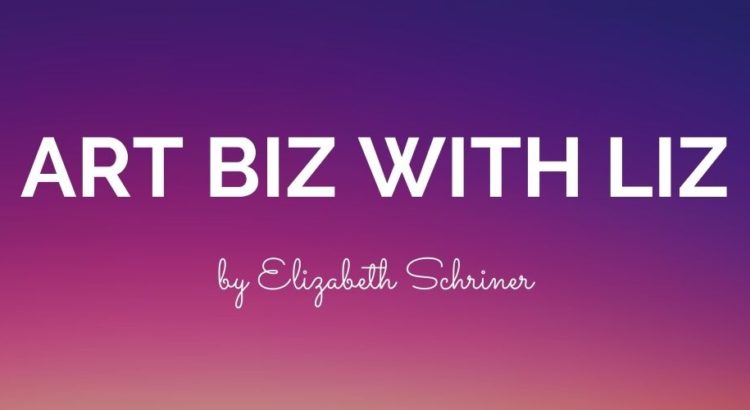Hello everyone! It’s time for my annual Valentine’s Day post! Last year I wrote blog posts featuring Valentine’s Day cards and step-by-step instructions on how to make origami hearts, and the year before I detailed my experience doing a paint night as a date. This year, in addition to the general paper valentines, I wanted to experiment with making homemade gifts out of different kinds of materials. If there’s one thing I’ve learned from my sculpture class so far, it’s that playing around with different mediums can help one better understand the creative process and expand their perspective on expression. I was curious to see how this could be applied to real-world scenarios and decided to make homemade Valentine’s Day gifts. Some crafts turned out well, and others… maybe not so much.
As a “filler” project in class, I experimented with making a plaster sculpture using fabric. After sewing a heart pattern, filling it with plaster of Paris, and letting it dry, the result had a unique texture. It wasn’t quite the heart shape that I was looking for, but I didn’t want to get rid of the unique appearance left by the fabric by filing down the shape, so I left it alone. I decided to form it into a sculpture that could stand on its own, however, and cut/sanded a wooden board to make a platform. I started out considering using wire or a screw to help secure the plaster to the wooden platform, but with help from my sculpture instructor, ended up using a wooden peg and drilling holes into the wooden platform and plaster heart.


Since there was an area that you could see the peg, I painted it white.

I liked the way the sculpture swiveled, but ultimately decided to add glue for stability. It was meant to be the very last step. Unfortunately, the hot glue hardened too much before I could fully attach the pieces together, resulting in the wooden peg breaking while attached to the plaster heart. I wasn’t very attached to this sculpture, but it was still disappointing to see it break.

After a minute or two of trying to figure it whether or not to try to fix the sculpture or throw it away, I cut another wooden peg and drilled new holes into the wooden board and heart. The original wooden peg was pretty stuck in the heart thanks to the hot glue, so I ended up making a small batch of plaster of Paris and covering it up. Although it looks strange, I was worried about the heart being too heavy or unstable if I filed away the original bottom with the wooden peg. I’ll have to go back later and file it down a little.
Besides the plaster heart, I played around with clay and made a clay rose, book, and heart. While the book didn’t turn out very well, the rose turned out okay. I hollowed out the inside to make it lighter while flattening out the bottom so it could stand on its own. Lastly, I painted the heart to make it more vibrant and interesting to look at. Made from leftover clay from a project for class, it’s smaller than the other crafts, making it more of a cute keepsake rather than a full sculpture on its own.




Even though my Valentine’s Day crafts didn’t turn out quite the way I wanted, I was happy I made them. Playing with different materials presented an active opportunity to learn more about using different mediums, and I enjoyed experimenting with making my own sculptures/gifts.















